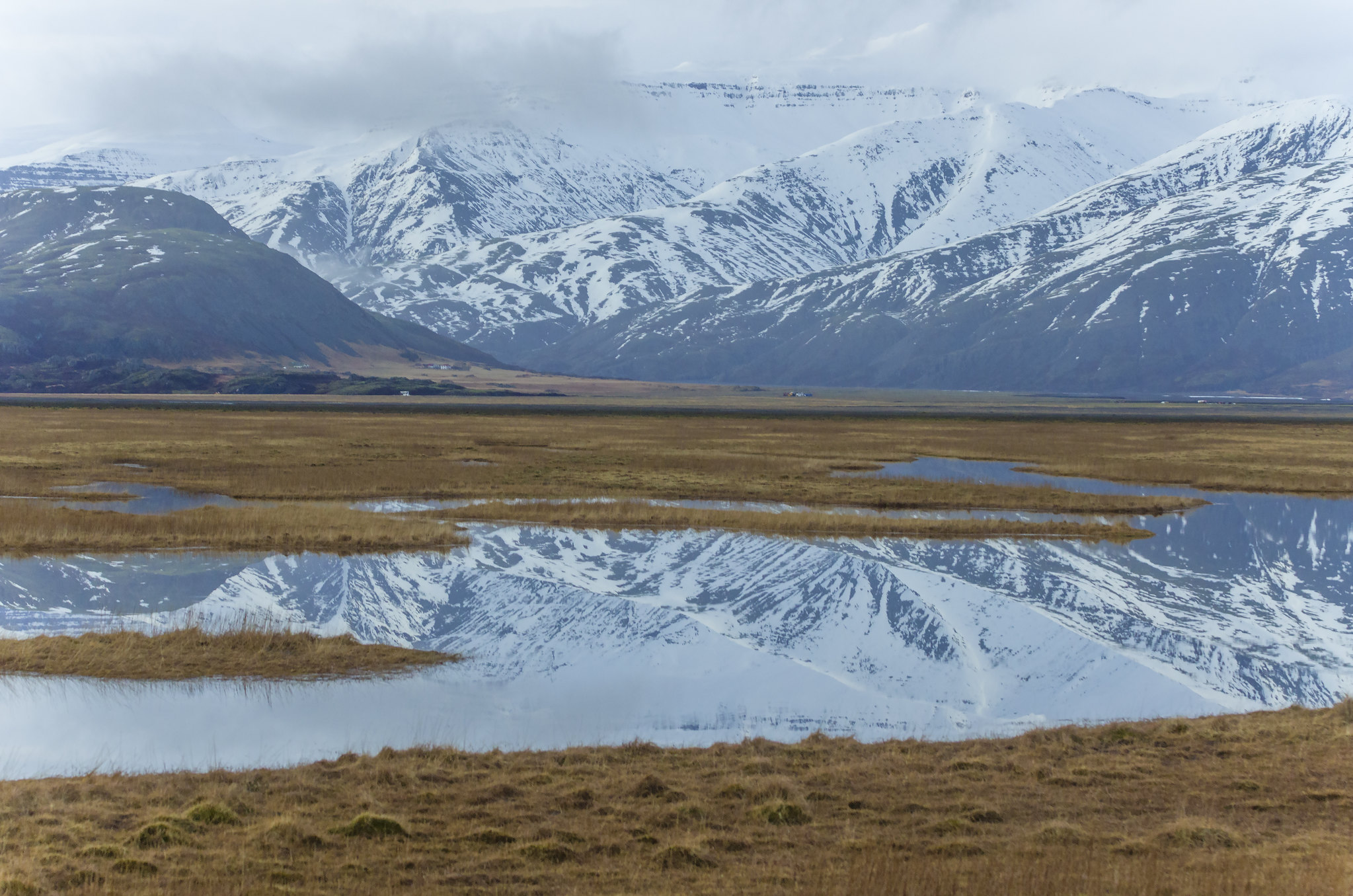
- Granted by Nature Climate Change, the U.S. National Oceanic and Atmospheric Administration (NOAA): I now emit more CO2 and methane than it retains.

The journal Nature Climate Change reports on a change with adverse climatic consequences: The amount of carbon dioxide (CO2) and methane emitted by the Arctic tundra is greater than it retains on its own. Shrubs, plants, mosses, or other grasslands on the tundra absorb carbon dioxide, even directing it with them during wilting to the frozen subsoil called permafrost. The problem is that due to climate warming, the permafrost layer is melting.
Florent Dominé, director of research at CNRS at the Takuvik Laboratory in Quebec, explains: "The microbial activity is very low in frozen soil. But with the defrosting, these microbes wake up and consume the old organic matter, converted, as the case may be, into carbon dioxide or methane.”
Fires, also in the Arctic
As in any region of the world, it has exacerbated fires at the highest latitudes due to the climate emergency. Thus, in addition to increasing local carbon emissions, the phenomenon also causes a second damage: it accelerates the melting of permafrost – from which more CO2 and methane are released.
Although the vegetation is more developed and exuberant due to warmer temperatures, this is not enough to compensate for the effect of the gases released by the melting of the permafrost.
The scientific article of Nature Climate Change is based on the report prepared in December last year by the National Oceanic and Atmospheric Administration (NOAA) of the United States. "The current tundra is completely different from what it was a decade or two ago. (...) We are entering a new era", said the US scientific institution at the time of the publication of the report.
Permafrostan, twice what's in the atmosphere
Permafrost in the northern hemisphere would contain between 1,460 and 1,600 gigatons of organic carbon, according to the Intergovernmental Panel on Climate Change (IPCC). This is almost twice the amount of CO2 in the atmosphere. The release process will not happen suddenly: "It's going to take decades. (...) ", according to Gerhard Krinner, one of the authors of the latest IPCC report.